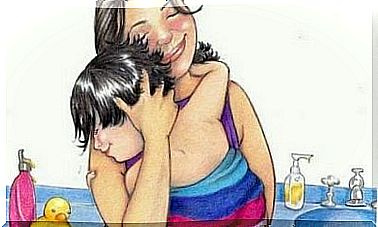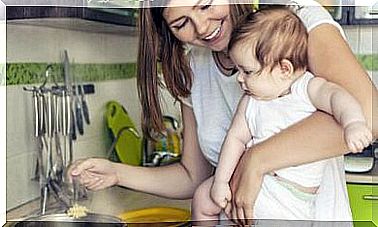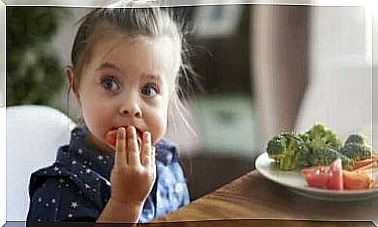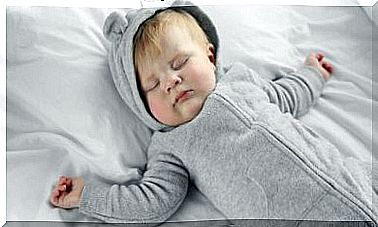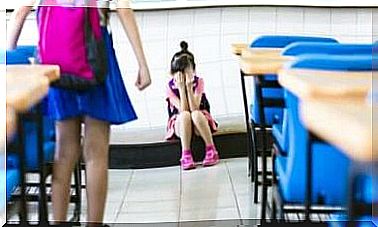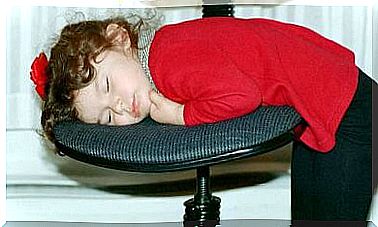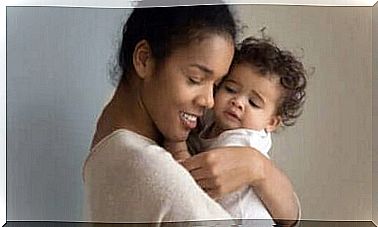Decorating A Child’s Playroom
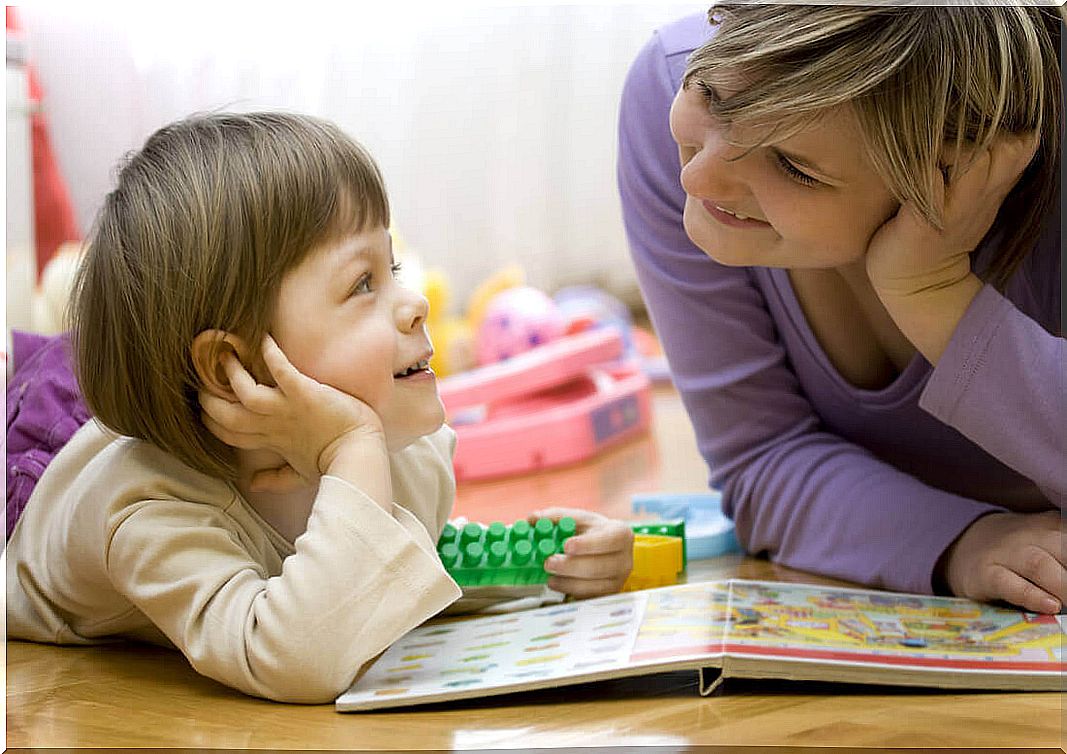
Decorating a child’s playroom is fun to do for both parents and the child themselves. A well-designed playroom or space helps a child’s psychomotor development from birth.
The decor and order of the playroom will, of course, depend on the age of the child, but once the space is well designed from the start, it is easy to make the necessary small changes as the child grows.
Decorating a child’s playroom
1. Choose a good mode
An empty or unused room is an ideal solution, but the corner of the bedroom or living room can also be reserved for a child’s play area. It is important to acquire things in the space that will help develop the child’s motor skills and creativity. A child’s toys can be laid out in a practical way, teaching the child that everything has a place. This will help the child learn to maintain order.
2. Protect floors
In the case of a small child, it is advisable to protect the corners and other possible dangerous points with pillows, for example. Durable and waterproof plastic or rubber mats that are easy to wash can be applied to the floors.
3. Get a chalkboard
In addition to toys and games, a blackboard is an excellent choice for the playroom. It allows the child to express themselves, learn things and come up with different activities. Chalks of different colors can be obtained for a child so that his creativity can flourish.
4. Reserve suitable space for games and games
Naturally, the age of the child should be kept in mind when choosing toys and games. You should find out in advance what is the best place for a toy and make sure there is room in the room for that object and to play with it.
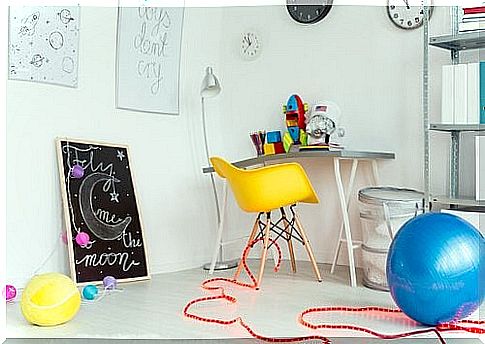
5. Don’t forget your desktop
Each playroom should have a table where you can draw, do chores, do homework and play. The most important thing is that the table is the right height for the child’s height and suitable for both doing homework and performing fun activities.
It’s a good idea to have drawers on the table where your child can store the supplies they need, such as strips of paper, pens, and craft supplies.
6. Take care of the lighting
Natural light is always the best option, but as it is not available all year round and around the clock, good lighting in the room should be taken care of. It is good to have a small lamp on the desk that encourages the child to be creative and work at the table.
If your room has windows, you may want to have curtains to control the amount of light.
7. Invest in storage solutions
In addition to keeping the room clean and beautiful, various storage solutions help the child learn to put aside toys that are not being played at that very moment. By moving the toys to their own places, the child learns from an early age the skill of arranging and maintaining order. This habit travels with the child through life.
In the best case, the toys are arranged in boxes or cabinets by category, making it easy for the child to find the toy they want, always in the same place. Each category can be assigned its own color. For example, building blocks belong to the green box, Toy cars to the red and dinosaurs to the blue.
8. Use colors
The best colors for painting walls or wallpapering are soft and natural colors. Once the walls are painted, the child can be asked to choose a theme for the room. Even if the child is still young, his instincts and preferences should be trusted. If the room is shared by several children, you should choose a theme such as animals or another topic that all children like.
The colors of the children’s room can also be chosen according to the effect of the colors on the child’s mood. Colors not only stimulate social, emotional, and cognitive development, but also affect a child’s temperament and character.
Red toys and other objects give the child energy and make him move. The color red is therefore suitable for quiet and peaceful children who need a little extra energy. Yellow is usually suitable for children who have difficulty concentrating. This color develops cognitive abilities and thinking.
Blue objects help the child to relax and sleep well. Therefore, the color blue is recommended for active children or children who have a tendency to get irritated or annoyed.
9. Reserve a place for books
It is a good idea to have bookshelves in the room that are easily accessible to the child. Even if the child is too young to read, the pictures motivate him or her to open the books.
It is a great idea to have an armchair in the room where the child can sit with their parents listening to stories and practicing reading. This room and lounge chair are a great place to spend time and fun at the end of the day.
